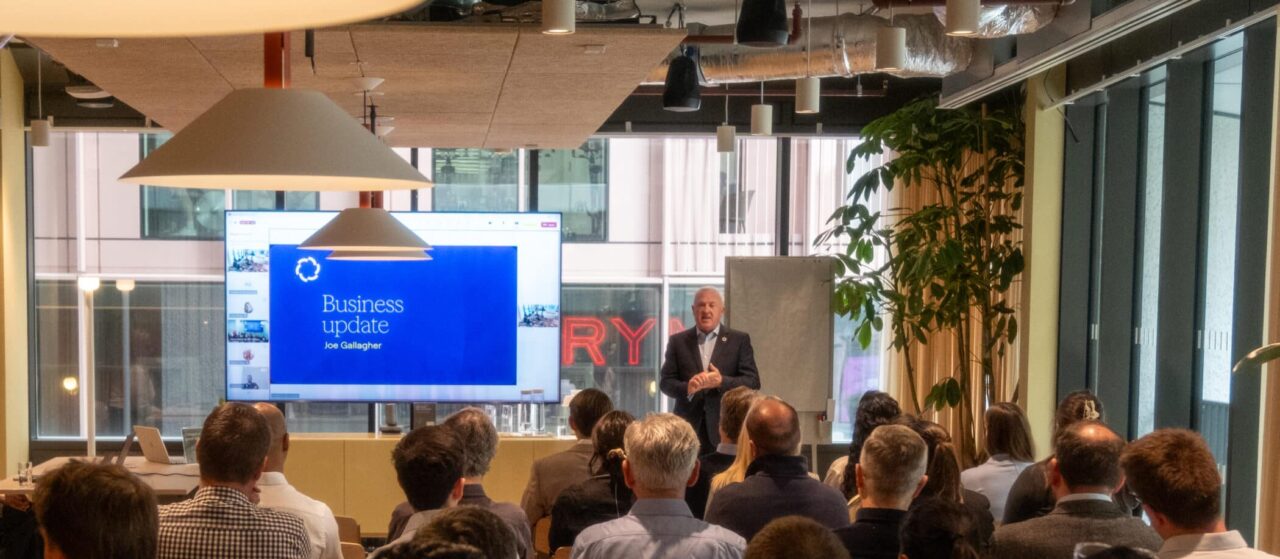The realization of Europe’s vision for a Gigabit Society will depend upon a balanced approach between strengthening consumer trust and encouraging further innovation. In his address to the FTTH Conference in Valencia today, my colleague, Derk Oldenburg, put forward a compelling case for Europe’s regulators to implement the new European Electronic Communications Code in a way that is conducive to continued investment in high-speed telecoms infrastructure.
I encourage you to read his speech, in full, below.
—-
I’ve long been fascinated by maritime history. The Dutch, who have a great shipbuilding tradition, have come to perfect their age-old craft through generations of trial and error. These shipbuilders understand the delicate balance between the shape and the weight of the hull, the rigging and the sail plan. Throughout the centuries they embraced experimentation, innovating one step at a time – wary that their changes could tip the balance, harm the performance of their vessel and reduce its ability to deliver returns over time.
Today, European Institutions are steaming ahead in their rush to conclude the debate on the European Electronic Communications Code. As before, the aim of this legislation is to encourage investment, stimulate innovation and expand consumer choice – as well as provide adequate consumer protection.
Whether the Code will improve—or impair—the performance of the EU’s telecommunications sector, depends very much on the way that it is implemented.
The work done by Liberty Global and others in our industry in building Europe’s communications infrastructure mimics that of traditional shipbuilders. Finding the best way to transport data through our networks has taken time to perfect – it’s been over 100 years since our forefathers began laying copper cables across the continent.
Through trial and error, the telecommunications industry has discovered the best and quickest way for millions of people to benefit from the latest communications technology and cutting-edge innovations. Like the design of ships, the development of telecommunications infrastructure has resulted in competing shapes and forms.
And, it has taken significant investment.
Today Europe can take pride in a growing and competitive telecommunications market. At the national level, major players spur continued investment in infrastructure. As a result, consumers today enjoy affordable internet access as well as ever-increasing speeds, growing network capacity and, with it, impressive new capabilities.
Boasting some of the world’s most advanced telecoms infrastructure, the Netherlands is a clear example of where the market works well. More than 90% of households have access to speeds higher than 100Mbps—VodafoneZiggo provides up to 400 Mbps—and the digitization of public services is among the most advanced in Europe.
The EU has set an agenda for Europe where all countries will reach the level of connectivity we now see in the Netherlands. In his State of the Union address in 2016, EU President Juncker said, “We need to be connected. Our economy needs it. People need it. And we have to invest in that connectivity now.”
President Juncker is right: Europe needs first class connectivity to be competitive.
But as the negotiations on the Code enter the final phase, there is a real concern that tried-and-tested principles of competition law will be sacrificed in favor of overly complex access and price regulation.
Instead, we need to move forward with purpose and care. Operators who actually invest in infrastructure for the future will need incentives to continue. They are operating in a very competitive market, with fast developing consumer demands and disruptive competition from over-the-top players.
Traditional shipbuilders knew when to listen to the advice and the ideas of their ships’ captains – those tasked with operating their vessels profitably, in a very competitive market. Listening well, and innovating step-by-step, facilitated more sophisticated designs, better performance – more cargo, moved faster and more reliably – while allowing for returns which enabled sustainable investment.
The Code will give Europe’s regulators the tools to usher in a new era of connectivity for a European Gigabit society. It is up to them to use these tools in a way that balances the objectives of the framework, and the need for continued investment and innovation.










